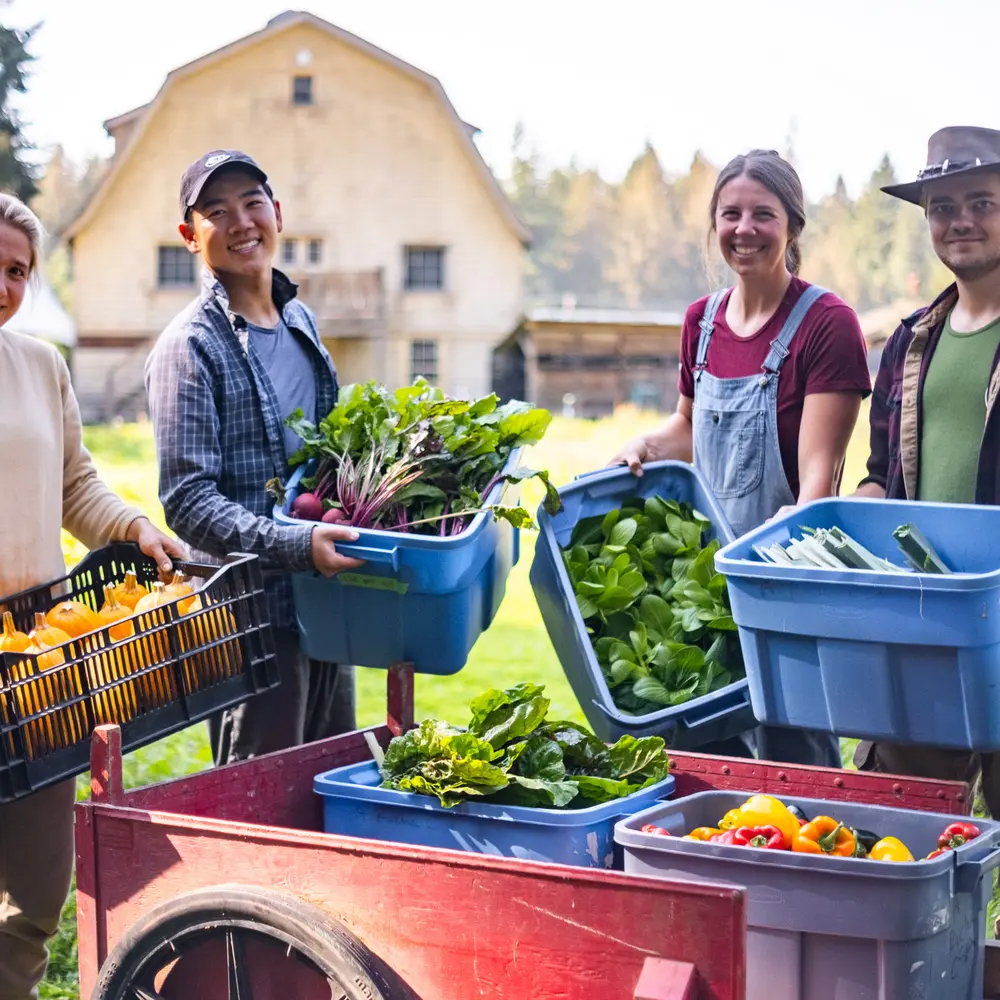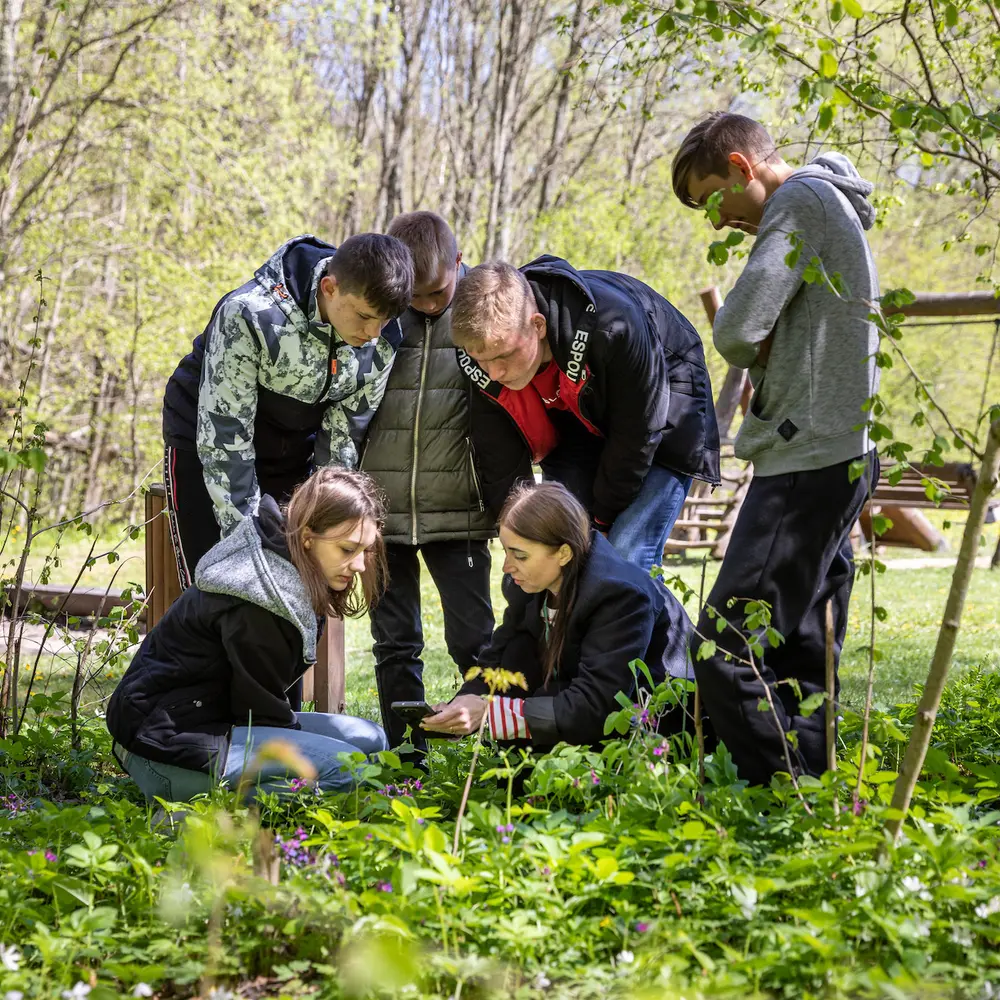
Here at the M.J. Murdock Charitable Trust, we have the unique opportunity to partner with thousands of nonprofits across the Pacific Northwest. These organizations are on the front lines of our communities, offering valuable services in support of the common good, and it is their seemingly-endless positive impacts that make our work so gratifying.
However, the work of these organizations is only possible with financial investment from a variety of sources, including individual donors, corporate partners, community foundations, family foundations and private foundations like the Murdock Trust –– not to mention the countless hours of labor contributed by every organization’s staff and volunteers.
Recently, GivingUSA shared some sobering data on the current state of nonprofit investment that, along with other research, sheds important light on the role we all can play in supporting a service ecosystem dedicated to the flourishing of every individual, family and community.
The data. According to GivingUSA’s most recent annual report on trends in philanthropy, total charitable giving decreased 1.7% in inflation-adjusted dollars in 2018. This drop is largely due to a decline in individual giving, which accounts for about two-thirds of all giving. When adjusted for inflation, total giving by individuals went down by 3.4% despite the overall growth in personal income during the same period. This means it was left to foundations and corporations, whose giving increased overall, to make up some of the gap. And yet, even this may not be sustainable, as a different study has found that 81% of foundations expect their own giving to remain the same or decrease in 2019.
The cause. The report by GivingUSA was the first of its kind since the recent change to the federal tax code. And, indeed, it is tax reform (along with some volatility in the stock market, particularly at the end of 2018) that is receiving much of the blame for the decline in individual giving. Although the charitable deduction is still available under the new tax system, the increase in the standard deduction has resulted in fewer persons and households itemizing their deductions, thereby removing a major incentive for individual giving.
The impact. Most sectors have been affected by this drop in donations. Those experiencing a decrease or staying flat (and, thus, not keeping pace with inflation) include education, health, human services, arts, culture and humanities, and religion. Unaffected were environmental and animal welfare organizations, as well as international affairs.
What groups are saying. The Charitable Giving Coalition, a collection of organizations and advocacy groups dedicated to preserving the charitable tax deduction, as well as the Alliance for Charitable Reform, an advocacy project for philanthropic freedom (i.e., privately directed charitable giving), have both called the overall decline in individual giving “troubling.” They reason, understandably, that decreased annual giving negatively impacts society by lessening the potential impact of organizations serving communities in need. Without proper funds, the work of these and many other organizations becomes limited.
How limited? Consider the illustration put forth by the Charitable Giving Coalition. It estimates that the 3.4% decrease in individual giving (roughly $10 billion) is greater than the combined operating budgets of the following well-known national charitable organizations: the American Red Cross, Goodwill Industries International, YMCA of the USA, Habitat for Humanity, United Way Worldwide, Catholic Charities USA and American Cancer Society. That’s a lot of potential impact at stake for people and communities in need.
What can you do? Here at the Trust we want to encourage a spirit of generosity and stewardship. When it comes to monetary giving, whether incentivized through tax deductions or through a mere abundance of kindheartedness, it remains the case that dollars and cents translate into positive influences on people and their communities.
That being said, there are other ways to make a difference. The good news is that, as individual giving has gone down, particularly among low and middle-income households, volunteerism has gone up. According to a federal study released by the Corporation for National and Community Service, more than 77 million adults volunteered nearly 6.9 billion hours in the last year available. That’s an estimated economic value of $167 billion. Not only is this an increase of more than 6% from the previous year, it doesn’t include acts of “informal volunteering,” such as supporting friends and family and doing favors for neighbors. Acts like these contribute intangible benefits to us all. They expand community and civic engagement, strengthen civility, and offer us a renewed sense of our interdependency.
What’s more, the federal study indicates that volunteering results in more charitable giving. When people are invested, they often want to help in other ways, too.
The bottom line. When it comes to furthering the common good and strengthening the commonality between us, generosity is key. Whether you donate your money or your time and talents, you too can partner with organizations in support of their missions and, as a result, have as much impact as –– if not more impact than –– foundations like us.
The post GivingUSA Report on Philanthropy appeared first on M. J. Murdock Charitable Trust.







